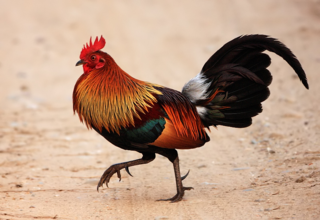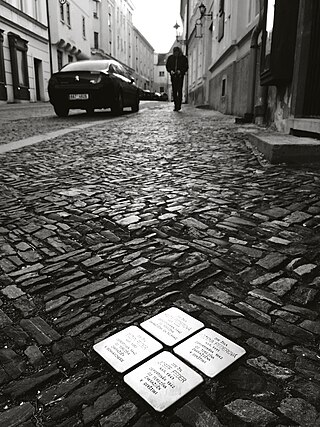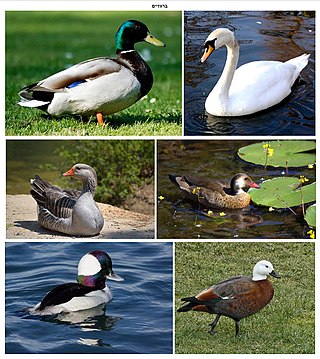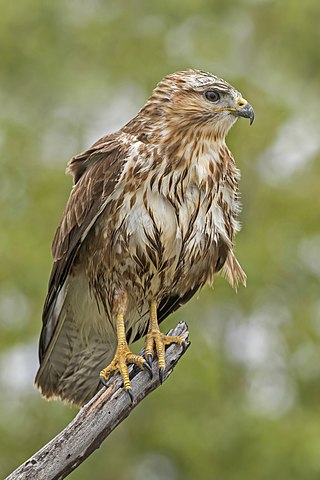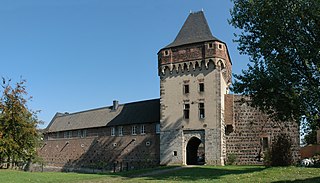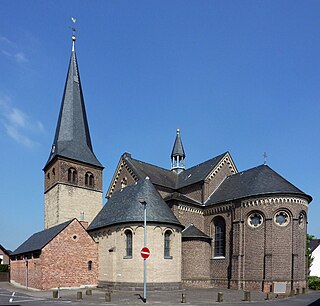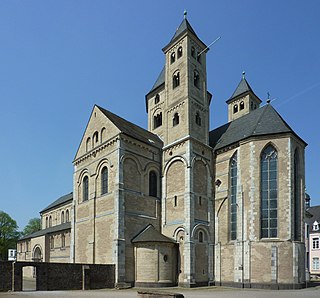9 Sights in Dormagen, Germany (with Map and Images)
Legend
Welcome to your journey through the most beautiful sights in Dormagen, Germany! Whether you want to discover the city's historical treasures or experience its modern highlights, you'll find everything your heart desires here. Be inspired by our selection and plan your unforgettable adventure in Dormagen. Dive into the diversity of this fascinating city and discover everything it has to offer.
Sightseeing Tours in Dormagen1. Rotmilan
The common raven is a large all-black passerine bird. It is the most widely distributed of all corvids, found across the Northern Hemisphere. It is a raven known by many names at the subspecies level; there are at least eight subspecies with little variation in appearance, although recent research has demonstrated significant genetic differences among populations from various regions. It is one of the two largest corvids, alongside the thick-billed raven, and is possibly the heaviest passerine bird; at maturity, the common raven averages 63 centimetres in length and 1.47 kilograms in mass. Although their typical lifespan is considerably shorter, common ravens can live more than 23 years in the wild. Young birds may travel in flocks but later mate for life, with each mated pair defending a territory.
2. Bankivahuhn
The red junglefowl, also known as the Indian red junglefowl, is a species of tropical, predominantly terrestrial bird in the fowl and pheasant family, Phasianidae, found across much of Southeast and parts of South Asia. The red junglefowl was the primary species to give rise to today's many breeds of domesticated chicken ; additionally, the related grey junglefowl, Sri Lankan junglefowl and the Javanese green junglefowl have also contributed genetic material to the gene pool of the modern chicken.
3. Johanna Franken
A Stolperstein is a ten-centimetre (3.9 in) concrete cube bearing a brass plate inscribed with the name and life dates of victims of Nazi extermination or persecution. Literally, it means 'stumbling stone' and metaphorically 'stumbling block'.
4. Enten
The Anatidae are the biological family of water birds that includes ducks, geese, and swans. The family has a cosmopolitan distribution, occurring on all the world's continents except Antarctica. These birds are adapted for swimming, floating on the water surface, and, in some cases, diving in at least shallow water. The family contains around 174 species in 43 genera.
5. Mäusebussard
The common buzzard is a medium-to-large bird of prey which has a large range. It is a member of the genus Buteo in the family Accipitridae. The species lives in most of Europe and extends its breeding range across much of the Palearctic as far as northwestern China, far western Siberia and northwestern Mongolia. Over much of its range, it is a year-round resident. However, buzzards from the colder parts of the Northern Hemisphere as well as those that breed in the eastern part of their range typically migrate south for the northern winter, many journeying as far as South Africa.
6. Friedestrom
Friedestrom Castle, formerly often called Schloss Friedestrom, is a former Electoral Cologne castle in the Dormagen district of Stadt Zons. The former moated castle is located on the left bank of the Rhine and was intended to secure, among other things, the Rhine toll levied in Zons. It therefore belongs to the type of customs castle. Furthermore, it was responsible for securing the territory of the Electorate of Cologne against the Counts and later Dukes of Berg.
7. St. Katharina
St. Katharina is the Roman Catholic church of Dormagen-Hackenbroich in North Rhine-Westphalia, Germany. Since January 1, 2009, it has belonged to the parish of St. Michael in the Rhein-Kreis Neuss district deanery.
8. Basilika Knechtsteden
Knechsteden Abbey is a former Premonstratensian abbey in Dormagen in North Rhine-Westphalia, Germany, since the 1890s a house of the Spiritans. It was founded in 1130, and in 1138 building began on the church, which was created a basilica minor in 1974.
9. Moorschnucken
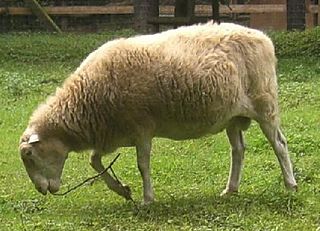
The White Polled Heath is a small breed and landrace of North German sheep and belongs to the Heidschnucke family, part of the Northern European short-tailed sheep group. However, unlike the other Heidschnucke types, it is entirely white and polled (hornless).
Share
How likely are you to recommend us?
Disclaimer Please be aware of your surroundings and do not enter private property. We are not liable for any damages that occur during the tours.

